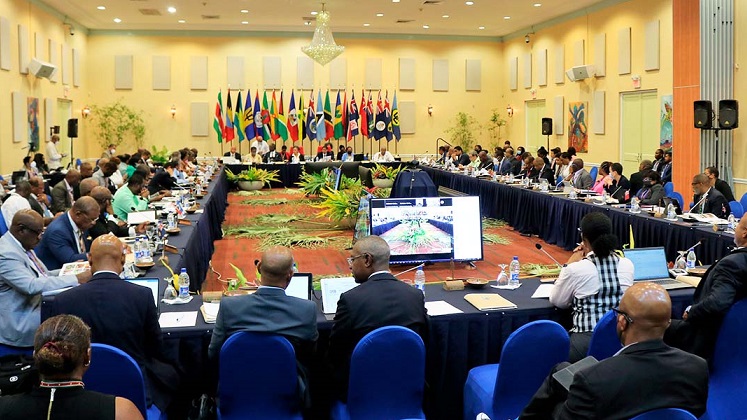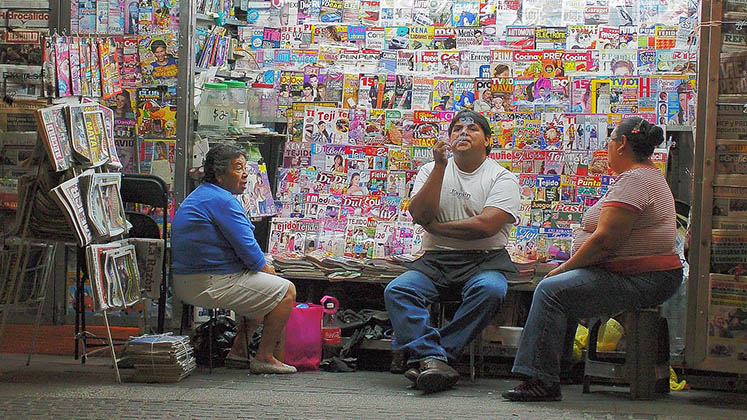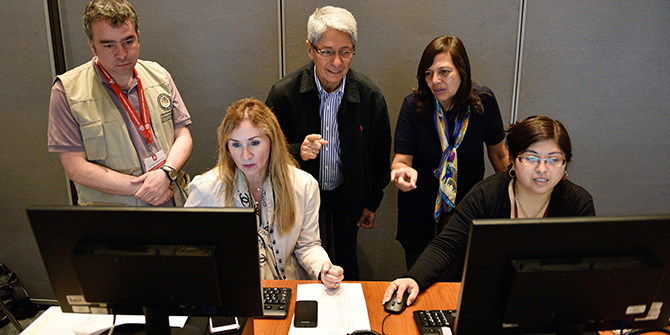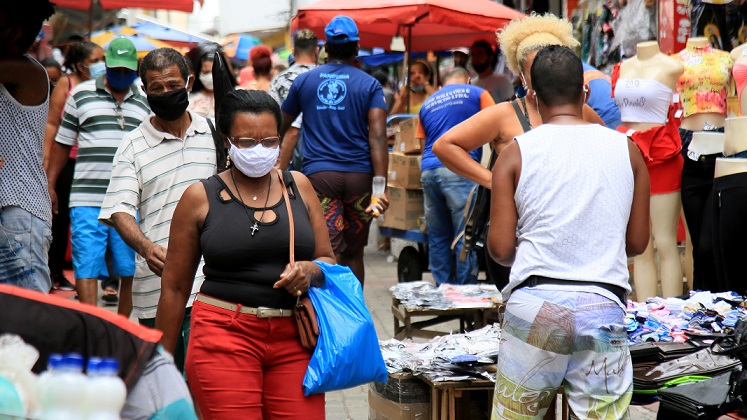Women in Latin America make up a record-high presence in regional parliaments today. But issues like effective implementation, political parties’ decisions, and prejudices keep these numbers low in countries like Guatemala, Colombia, Paraguay, Dominican Republic, Panama and Brazil. In their latest book, Flavia Freidenberg and Karolina Gilas (UNAM, Mexico) explain that defending and consolidating democracy is crucial to strengthen parity.
Power is no longer exclusively male in Latin America. Legal and institutional reforms have made it easier for women to compete in the political arena, with dramatic results. Women now make up an average of 34.9% of national legislatures—a record high— mainly because 17 countries have approved electoral reforms to encourage women’s political representation (11 of those approved gender parity) in elected office, according to the Observatory of Political Reforms in Latin America.
But progress has been uneven. A few countries, like Mexico, have legislatures with over 50% women, several hovers just over 40% (Bolivia, Costa Rica, Argentina, and Peru), and others do not even reach 20% (Guatemala, Colombia, Paraguay and Brazil). In our new book Building Parity Democracies in Latin America, we tried to understand why some countries lag so far behind.

We found three key factors in the most successful countries in political parity: stricter gender parity electoral laws, proactive institutions focused on implementation and enforcement, and political pressure exerted by strong women’s movements and female politicians seeking greater representation.
Mexico, Bolivia and Costa Rica have seen a virtuous combination of these three factors. In these countries, gradual, successive reforms have demanded more and more equality from political parties. On top of this, feminist movements and female leaders have pressured institutions and electoral authorities, which have been responsive and proactive in ensuring compliance with laws and guarantees for women’s political rights.
Five factors that make other countries lag behind
Meanwhile, five decisive factors define the countries that still lag behind. There is a legal problem: Electoral gender rules —that regulate who gets to run for office and how political parties have to manage their candidacies— are often poorly designed. When this happens, rules apply only to pre-candidacies (as opposed to formal candidacies), allow parties to replace women with men, or do not provide for penalties or other compliance mechanisms. Brazil, Colombia, the Dominican Republic, El Salvador and Uruguay all have minimalist, weak rules—and a low proportion of women in their legislatures.
There is also an issue with implementation: Sometimes, electoral gender rules are robust and require parity, but other rules undermine them. That can happen with small districts and plurality voting (where a candidate, or candidates, who poll more than any other counterpart, wins). Also, preferential (ranked) voting and open lists tend to relegate women, as the voters’ choice may override the mandatory quota and placement rules, so women do not get elected.
All these mechanisms tend to impede the election of women. For example, preferential voting in Honduras weakens the legal requirement of parity, so male candidates tend to win more. In El Salvador, a crossover vote (when voters may cast their vote for various candidates on different parties’ lists) generates the same effect, as voters tend to favour candidates at the top positions on the lists, and they tend to be male. It means that the country’s 30% gender quota alone does not result in at least 30% of female legislators, as required by law.
Regarding political parties, they are often patriarchal and have anti-democratic internal practices, which can neutralise parity rules, as when they use women to do the grassroots work but prevent them from accessing leadership positions. Men continue to dominate party leadership. Of the 123 political parties identified as relevant in the region, only 19 have female leaders, according to data from the Observatory of Political Reforms in Latin America.
From the civil society perspective, when women’s organisations do not exist, are weak or have other primary agendas —like violence against women in politics or reproductive rights—, they cannot lobby for quotas or gender parity. Without this lobbying, institutions are slow to act. Honduras, Peru, The Dominican Republic, Brazil and Guatemala, for example, lack effective feminist movements urging for women’s political representation, which has slowed progress.
Ultimately, ageism is one of the prejudices that affect women’s participation. When sexist stereotypes like women are less qualified for or interested in politics are more common, women have less representation.
Comparative research has documented how democracies generate positive effects on the number of women in national legislatures due to the coincidence of different phenomena: greater access to civil society organisations, changes in electoral systems, the institutionalisation of party systems and the implementation of gender quotas. Hence, the democratic backsliding that some Latin American countries are experiencing (such as El Salvador, Mexico or Guatemala) and the establishment of autocratic systems (such as in Venezuela or Nicaragua) warn of the difficulties in promoting women’s rights.
Adopting affirmative actions and gender parity has become a particularity of the region, and this can only occur in competitive, liberal and pluralistic contexts. In contrast to European trends, where the aim has been to build gender equality through public policies, Latin American countries chose to encourage female descriptive representation through normative and institutional changes. There are many things that need to be done, but this normative and institutional revolution, which is carried peacefully, is key to building more egalitarian democracies that include women’s full political participation.
Notes:
• The views expressed here are of the authors rather than the Centre or the LSE
• Please read our Comments Policy before commenting
• Banner image: Female Parliamentarians from 19 Latin American at the XV Regional Conference on Women in Latin America and the Caribbean / UN Women – Demian Marchi (CC BY-NC-ND 2.0)





